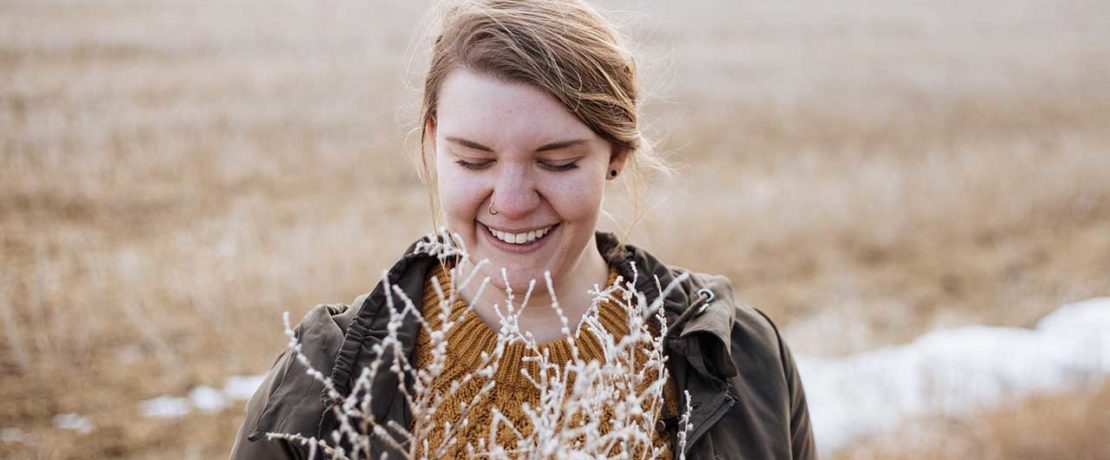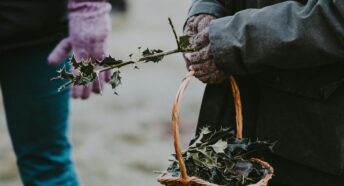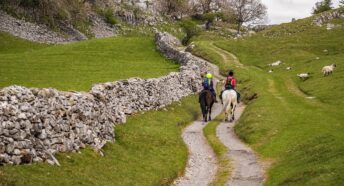Eight ways to help the countryside in winter, wherever you live
The countryside can feel still and quiet during winter, as nature hibernates. But there’s still plenty that we can do to support and nurture our local green spaces during the colder months.
It’s true, the winter seasons don’t have the same hustle of industry as harvest time or the warm green glow of spring or summer. But that doesn’t mean that the nature and wildlife of the countryside aren’t still working quietly away or teeming with life.
While we curl up in the warm this winter or enjoy our local green spaces on chilly walks, there are still things that we can do to do our bit for the countryside. Show it some love through all the rain and frost with our eight top tips to care for the countryside in winter.
1. Stick to the paths
This is an important one all year round, so no surprises here. But it becomes even more crucial in the winter months when the areas beside pathways can get churned up by mud and further damaged by footfall.
As we stamp along on those after-lunch or morning wake-up walks, our footprints can erode the verges beside paths, increasing the risk of flooding and damaging the edges of fields.
And venturing too deeply into those messy off-road sections full of leaves and rotting logs could disturb hibernating creatures such as hedgehogs.
Even if the path is tricky to see beneath a lovely dusting of white snow (you’ll be lucky!), do try and keep on the straight and narrow on your favourite winter strolls.
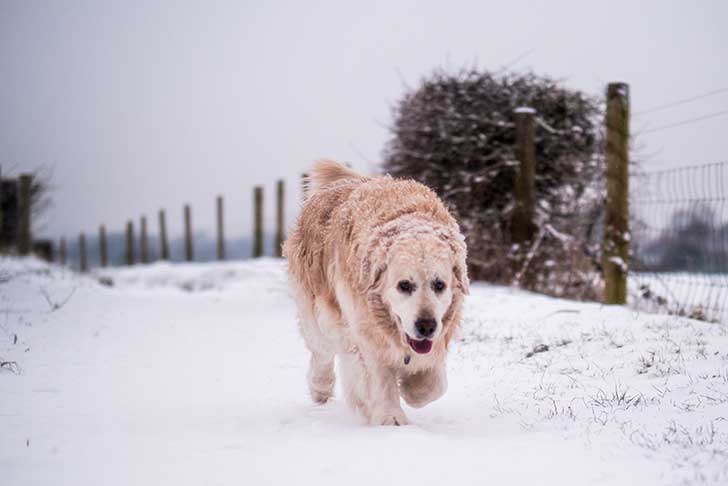
2. Feed the winter visitors
Lots of people are kind enough to feed the wildlife that visits their local green spaces, gardens or balconies all year round. This becomes even more important in the winter months when other food sources such as insects become less available and they need extra sustenance to stay warm and healthy (we feel the same…).
So do pop a bit of extra bird food out in these winter months, and keep fresh water available and unfrozen. Your garden visitors will thank you for it!
Oh – and if you don’t have a bird feeder, you can always recycle an old plastic bottle to make a basic one. Pop it outside with some plain peanuts in and enjoy your new neighbours’ visits!
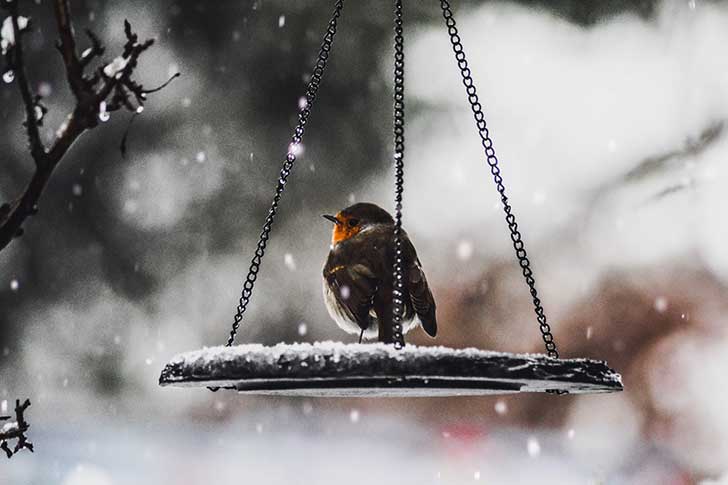
3. Ice, ice baby: break the ice
Speaking of frozen water: keep an eye on your local ponds or pools. If these freeze over completely, animals and birds find it harder to find water to drink or things to eat, and pond life beneath the surface has access to much less oxygen.
If your pond gets hit by a big chill and the surface freezes, melt or very gently break holes in frozen ponds and puddles to open up gaps of open water for animals to access. But be careful! The last thing you want is a chilly winter dip or some frozen wet toes…
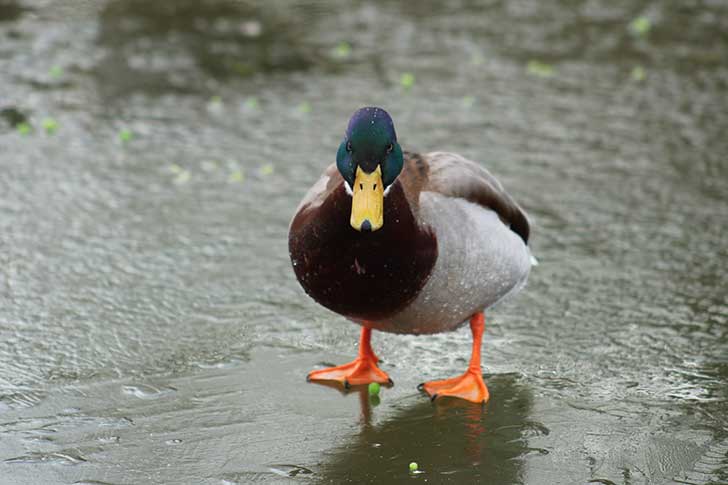
4. Always forage responsibly
Speaking of ensuring everyone has access to enough food: if you’re out and about foraging – perhaps gathering some lovely evergreens for your festive wreath – then remember the rules of foraging.
Be safe, stay on land you have permission to go on, and crucially for the winter months, leave enough leaves and berries to keep wildlife from going hungry.
Share and share alike! So when you trim that bit of holly for your front door, leave enough to keep your local birds well fed.
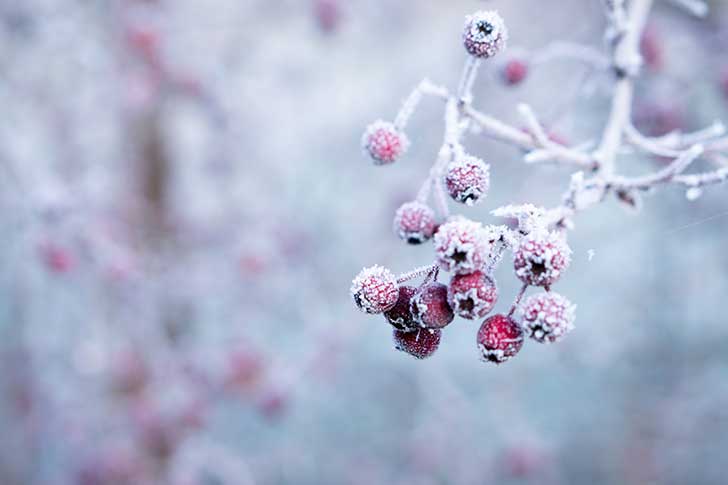
5. Buy your lunch locally
And now to foraging for our own meals, and more! Some parts of our countryside see plenty of tourists and activity in high summer, but hit leaner times in the quieter winter months. Farmers have less produce to sell, and small shops can see the number of visitors drop to a trickle.
So there’s never a better time to give your trade to local rural businesses and keep them ticking over in the off-season.
Pop into your small shops for presents or meet a pal for lunch at a rural cafe. They’ll appreciate your business – and who doesn’t love supporting a local treasure?

6. Keep our hedges litter-free
We’ll always advocate for picking up litter you see on walks, whatever time of the year you’re out and about. But as many of us head out with family in the winter for walks in our local areas, why not go prepared and take gloves and a plastic bag or two to gather anything you see?
This is especially helpful to the countryside during this time of year, when dropped litter can get embedded deeply into mud and snow and harm pathways and animals, or blown deeply into woodland or hedgerows and become harder to retrieve.
A litter-picked sweet wrapper on a festive walk may not seem like doing much, but you’ll be saving one more bit of rubbish from damaging the countryside. Happy picking!
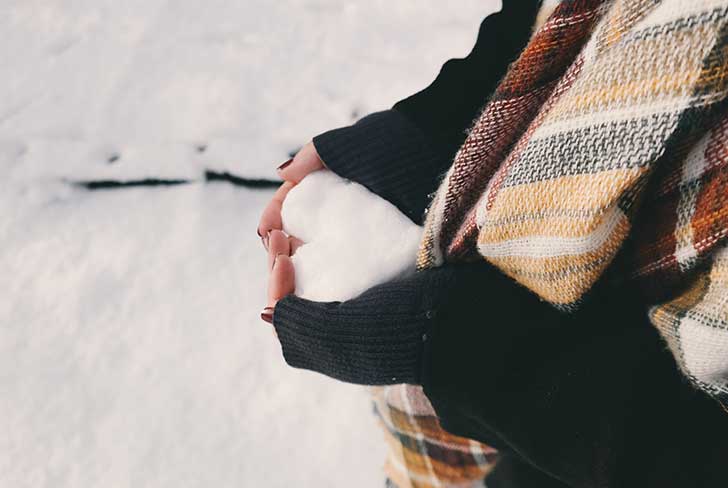
7. Hunker down: letter-writing time
More time spent cosied up indoors can mean more time for little actions to show your support for the countryside. Take the time that the longer, darker evenings free up to write a letter to your local MP or sign one of our CPRE petitions for a thriving, healthy countryside for everyone.
Better still, send photos or drawings of your favourite green spaces to decision-makers like local politicians or councillors to show how much you care. They’ll love to hear of your connection to rural areas, and it makes them even more likely to support countryside causes.

8. Capture the care
And on the topic of finding ways to express your connection to your local area: get snapping! Or sketching, painting or collaging – whatever helps you to depict and feel close to the countryside.
World Health Organisation research has shown that people are much more likely to take good care of and feel connected to places where they feel some ownership, and capturing your local area with your camera or watercolour brushes through the seasons helps us to feel a kinship to those treasured patches of green around us.
If you want some tips on how to take the best photos of your local nature and wildlife, explore our article about photographing the great outdoors.
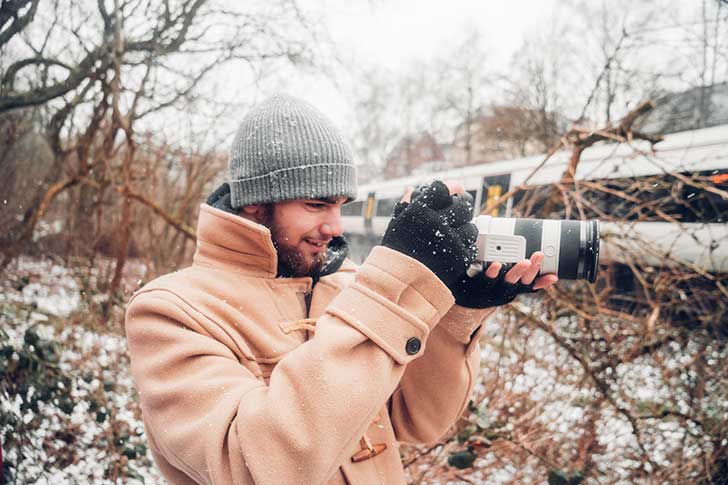
Whatever you do in winter, stay warm and well – and enjoy everything that your lovely local green spaces and countryside next door has to offer.
Love the countryside around you and want to help us work for it? Becoming a CPRE member – for as little as £5 a month – will mean that we can keep campaigning for the rural areas that we all love. Join us today.
